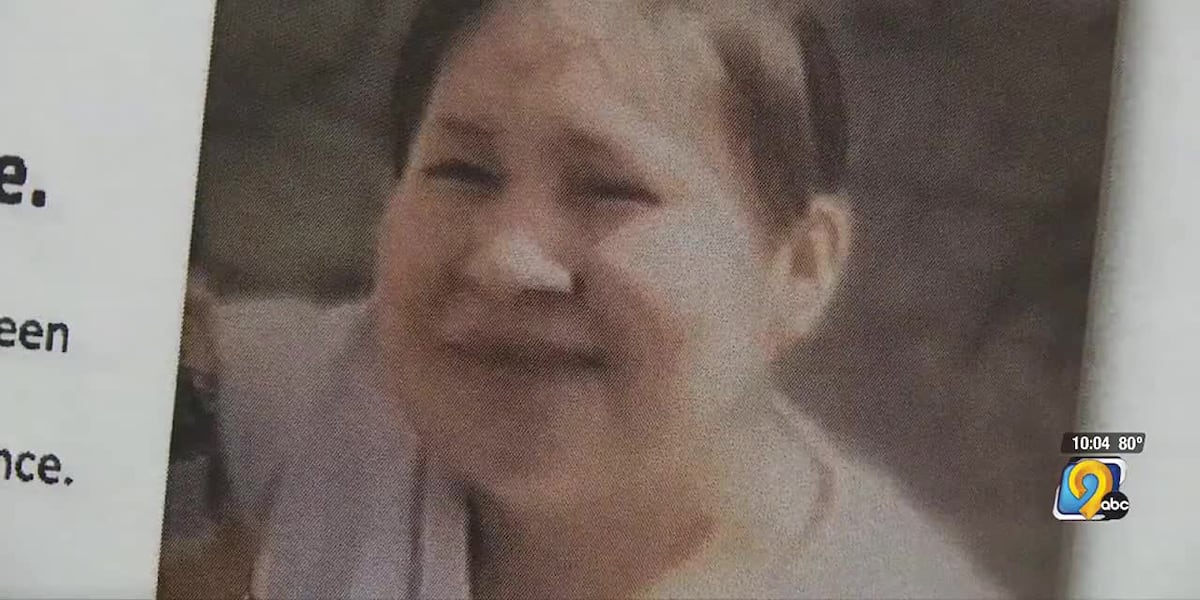Black Hawk vs. Jet: NTSB Examines Tech & Safety Lapses in Final Collision Hearing

The National Transportation Safety Board (NTSB) wrapped up its investigative hearings on Friday into the tragic January mid-air collision between a US Army Black Hawk helicopter and an American Airlines regional jet. The focus of the final day centred on the performance of collision avoidance technology and the effectiveness of organizational safety systems designed to mitigate risk. This devastating incident, which occurred in [Location of Collision – insert if known], has prompted a rigorous examination of procedures and technologies aimed at preventing similar tragedies.
The hearings, held over three days, brought together a range of witnesses including pilots, air traffic controllers, aviation safety experts, and representatives from the US Army and American Airlines. Friday’s sessions specifically delved into the operational capabilities of Terrain Awareness and Warning Systems (TAWS) and Traffic Collision Avoidance System (TCAS), technologies intended to provide crucial alerts and guidance to pilots in close proximity situations. Experts questioned whether these systems functioned as intended, and if pilot response to the alerts was adequate given the rapidly evolving circumstances.
A key area of scrutiny was the communication and coordination between military and civilian air traffic control. The collision occurred in controlled airspace, raising questions about the clarity of protocols and the effectiveness of procedures for managing mixed traffic – both military and commercial aircraft – within the same airspace. The NTSB is particularly interested in understanding how these procedures were applied in the moments leading up to the collision, and whether any ambiguities or breakdowns in communication contributed to the accident.
Beyond the immediate technological and procedural issues, the NTSB is also investigating the broader organizational culture surrounding safety within both the US Army and American Airlines. This includes examining risk management processes, training programs, and the mechanisms in place for reporting and addressing safety concerns. The board aims to determine whether systemic factors, beyond the immediate actions of the pilots, played a role in the collision.
“This investigation is about understanding not just *what* happened, but *why* it happened,” stated NTSB Chair [Chair's Name - insert if known] in a statement released after the hearings concluded. “We are committed to identifying all contributing factors and making recommendations to prevent similar accidents from occurring in the future.”
The NTSB is expected to release its final report, including detailed findings and safety recommendations, in [Estimated timeframe – insert if known]. This report will be crucial in informing future aviation safety policies and practices, and will hopefully provide closure and answers for the families of those tragically lost in this incident. The findings will likely lead to discussions around enhanced training, improved technology integration, and stricter adherence to safety protocols across both military and commercial aviation sectors.
The investigation continues, with the NTSB’s findings promising to reshape aviation safety procedures for years to come, ensuring the skies remain as safe as possible for all travellers.






